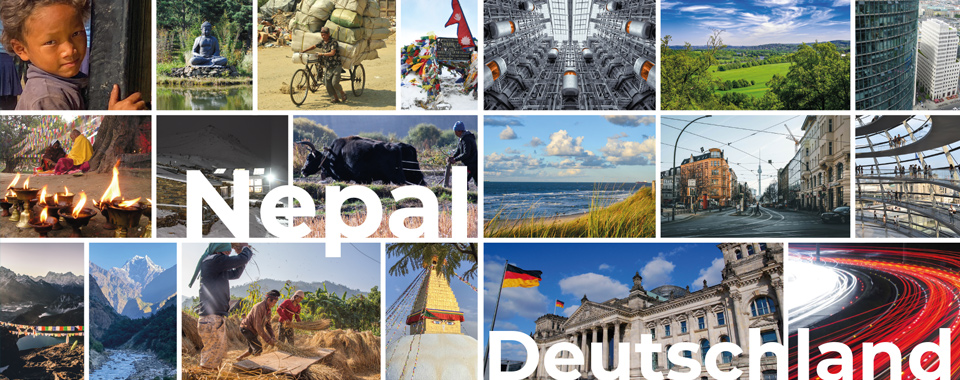Dear Visitors,
How can the energy transition succeed so that the environment is no longer burdened with too much CO2 and we are supplied with renewable energy in a stable, sufficient and affordable way? Many answers to this are being developed within the framework of WindNODE (Wind Energy Northeast Germany), a funding program commissioned by the Federal Ministry of Economics. It focuses on innovative ideas and options for flexibly adapting energy consumption to the availability of renewable energies. This means that the view is not only from the perspective of energy generation, but especially from the perspective of energy users.
This change of perspective already aroused the interest of the BMWi in the selection of this project. In addition to developing technical solutions, we particularly want to inspire people, i.e. users of energy, for new ways! From my experience in marketing and brain research, I know that people’s acceptance of new paths increases when emotion and reason – i.e. heart and brain – are taken away.
That is why we have focused on learning creatively from one another for the enormous global threat of climate change that knows no national borders.
We invite you to change perspectives with the young generation who is most affected by the consequences of climate change and the success or failure of the energy transition. With the support of the TU Berlin, we asked young people from Germany and Nepal about their ideas and experiences on the subject of energy. Two countries with completely different starting points: one of the richest and one of the poorest countries on earth with two very different energy systems.
In Nepal as in Germany, energy-related topics were discussed in several days of lessons and the creativity of young people was challenged. This resulted in photos that, in combination with short texts, express the perspectives of children and young people on how to deal with energy and the environment. You can feel how her gaze sharpens when dealing with the topic and how the connection between heart and brain affects her creativity.
The question of what they would do if renewable energy could be used in abundance reveals the very different perspectives, desires and concerns of young people in the two countries. The children from the Kankada region in Nepal, who have no electricity, would be grateful if they had light to read in the evening. The children from Berlin, on the other hand, saw the greatest concern as being unable to charge their cell phones without electricity. This alone shows different perspectives on energy and on working with the environment.
In order to show the different perspectives on energy and the environment, we selected 64 contributions for this book from a large number of photos and ideas created in the project. They show what young people see as right and important when it comes to energy. With their pictures and texts, they want to stimulate the general public and the general public to think further about the energy transition.
This project would not have been possible without the benevolent support of school administrators and teachers. In Nepal, the selection was made in close cooperation with LiScha, a non-profit organization that has been working for the Chepang region for years. I would like to thank all supporters from the bottom of my heart.
Let yourself be inspired!
Maria Reinisch

